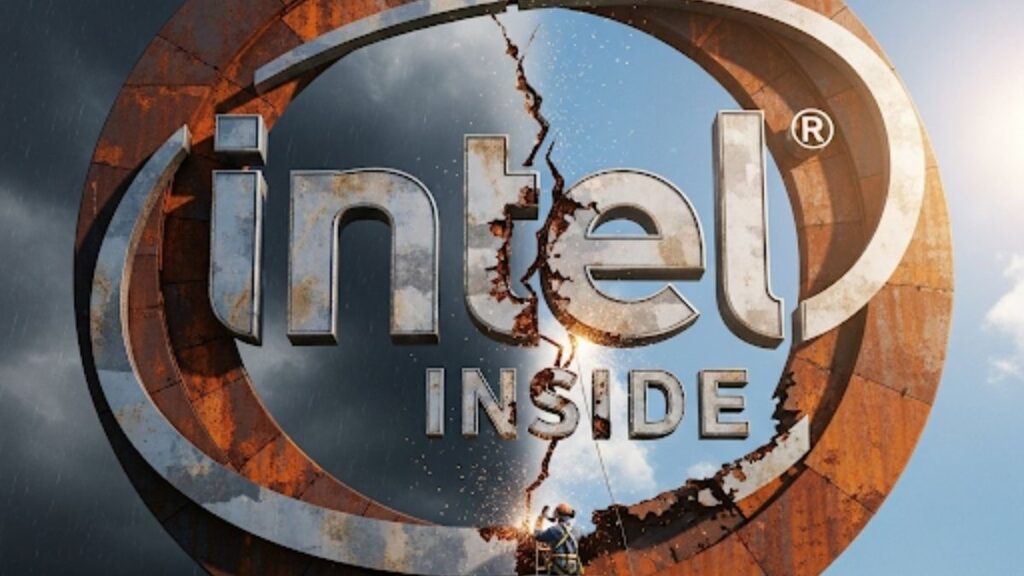Thanks to the recent emergence of Generative AI platforms, AI has become incredibly popular and visible of late. While much of true AI use has been invisible to most people up until now, the very visible impact of tools like ChatGPT and DALL-E have transformed AI from a technology that is coming to one that has arrived. The power of these platforms is making earlier public-use AI efforts (which really weren’t very good, like Siri) look pathetic.
But these AI tools that largely live in the cloud will best benefit from server platforms that are designed to run them. To address this vertically growing need, an unexpected partnership has emerged between Intel and NVIDIA to create ever more capable and useful AIs for our near-term future.
Let’s explore that this week.
The critical need for advanced AI
From autonomous vehicles (ground, air and water) to smart countries/cities/offices/homes to medically focused AIs to even AI-based attorneys, the growth and interest in this new class of productivity tools has never been higher. But the requirements for AIs were built into legacy servers, suggesting a new class of server needs to be developed to meet this rapidly growing need.
The coming generation of AIs are huge productivity accelerators and should have an even greater disruptive impact on the market given how quickly they are advancing and how widely they will be used. Companies that embrace and learn how to use this technology should be able to move around and dominate competitors that do not. Doing more with fewer people at far lower cost can make the difference between companies that survive and flourish during major technological disruptions and those that do not.
Intel + NVIDIA
NVIDIA saw this early on and effectively became the uncrowned king of AI with its GPU-focused efforts nearly two decades ago. But NVIDIA’s strength is in GPUs, and GPUs can’t do everything. Initially NVIDIA was going to buy ARM and use its technology to correct this shortcoming. That didn’t work out, and it seemed unlikely that the firm would be able to partner with AMD, given AMD is aggressively targeting this segment with its own AI-tuned servers, or Intel which has had, at best, an uneven relationship with it over the years.
Intel still isn’t competitive with either AMD or NVIDIA on AI-focused GPUs, but it is better with server-based CPUs than ARM currently is given certain performance advantages. Thus, the two often unwilling partners are aligned in this effort, and Intel’s CEO, Pat Gelsinger, is much better at partnering than his predecessors. This means that this partnership should stand the test of time and allow both companies together to better compete with AMD which has been carving into the server market aggressively of late.
Partnerships often define an industry. For instance, Microsoft/Intel/IBM drive the majority of the PC market creation, but it does require that the partners remain aligned and focused on the goal, not become distracted by the natural competition that often occurs between partners like Intel and NVIDIA. But, as I noted, Pat Gelsinger has a history of partnering well, and NVIDIA CEO Jensen Huang’s execution and focus are near legendary. The two firms together promise to make a real difference in this massively expanding market.
Wrapping up: Is AMD at risk?
While this partnership between Intel and NVIDIA is powerful, AMD has also changed a great deal over the last decade and has begun to integrate its CPU and GPU efforts while also focusing on the AI opportunity. That is one sustaining advantage it has and continues to execute very well. Plus, it doesn’t have the communication and execution risks inherent in most partnerships. In addition, as I noted, AI growth is nearly vertical, suggesting we are a long way from market saturation which would have forced a winner and a loser in this effort. As a result, both efforts should do well, with Intel and NVIDA having the advantage of breadth and collective power offset by the nature of a partnership, and AMD highly focused and executing as a singular, well managed entity but lacking the kind of scale that Intel and NVIDIA can collectively supply.
So, not only is AMD not at risk, the competition between these two entities should drive even greater innovation and better use of technology over time. Ironically, when the market does begin to saturate, I expect the winner will be the firm that best uses this AI technology in its business. This last will be interesting because tech firms often are like the cobbler’s children and don’t themselves use the advanced technology they create. That would be a huge mistake this cycle. One advantage NVIDIA has is that it has almost always been an aggressive user of its own tech.
The future of AI is coming, and the three big chip companies are moving to massively speed up capabilities, performance, and adoption to drive our AI future into our present.
- Intel’s Identity Crisis: In Search of a CEO Who Can Make the Elephant Dance - August 15, 2025
- Lenovo’s AI Edge: How ‘Eating your Own Dog Food’ Creates a Competitive Advantage - August 8, 2025
- Threadripper PRO 9000: The Professional’s Unfair Advantage - August 7, 2025




Comments are closed.